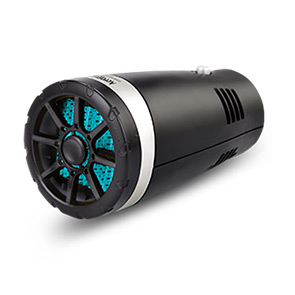Gas Pedal and Cable - Essential Components for Vehicle Performance
The Gas Pedal and Cable The Heart of Vehicle Acceleration
In the intricate world of automotive engineering, the gas pedal and its associated cable mechanism play a crucial role in vehicle performance and driver experience. While it may seem simple, the gas pedal is not merely a lever; it is a complex device that bridges the driver's intentions with the vehicle's powertrain, enabling efficient acceleration and optimal control.
At its core, the gas pedal operates on a straightforward principle when the driver presses down on the pedal, that action is communicated to the engine, increasing fuel and air intake and consequently boosting the vehicle's power output. This process sounds simple, but the mechanism's reliability, response time, and effectiveness are pivotal for the overall driving experience.
The Gas Pedal and Cable The Heart of Vehicle Acceleration
However, as technology has evolved, so too have the methods by which vehicles handle acceleration. The introduction of electronic throttle control (ETC), or drive-by-wire, systems has revolutionized the way gas pedals function. In an ETC setup, the traditional cable is replaced by electronic sensors and actuators. When the driver presses the gas pedal, sensors detect the position of the pedal and send signals to the engine control unit (ECU). The ECU then determines the appropriate throttle opening based on various parameters such as speed, engine load, and driver demand. This system enhances the vehicle's performance, enabling advanced features like cruise control, traction control, and improved fuel efficiency.
gas pedal and cable

One of the significant advantages of electronic throttle systems is their ability to enhance safety. By incorporating features such as traction control and stability management, electronic systems provide drivers with better control in challenging road conditions. Additionally, they allow for smoother acceleration profiles, reducing the likelihood of sudden power surges that can be challenging to manage.
Despite the advancements offered by electronic systems, many driving enthusiasts still prefer traditional cable setups for their raw, unfiltered feedback. The direct mechanical link provides a sense of engagement that some find missing in modern vehicles. This is particularly true for performance cars, where driver involvement is paramount.
With the automotive industry continually evolving, the future of gas pedal technology will likely involve further integration of digital and mechanical systems. As hybrid and electric vehicles become more prevalent, the traditional gas pedal may adapt to accommodate new powertrains, including regenerative braking and variable torque delivery methods.
In conclusion, whether operated by a dependable cable or a sophisticated electronic system, the gas pedal remains an essential component of the driving experience. It serves not only as a means of acceleration but as a reflection of our interaction with the vehicle. As technology progresses, the evolution of the gas pedal will continue to shape how we drive and interact with our automobiles, ensuring both performance and enjoyment for years to come.
-
Upgrade Your Vehicle with High-Quality Handbrake CablesNewsNov.01,2024
-
Optimize Your Bike's Performance with Quality CablesNewsNov.01,2024
-
Enhance Your Vehicle's Performance with Quality Clutch ComponentsNewsNov.01,2024
-
Elevate Your Vehicle's Performance with Quality Throttle CablesNewsNov.01,2024
-
Elevate Your Vehicle's Performance with Quality CablesNewsNov.01,2024
-
Affordable Solutions for Your Cable NeedsNewsNov.01,2024
